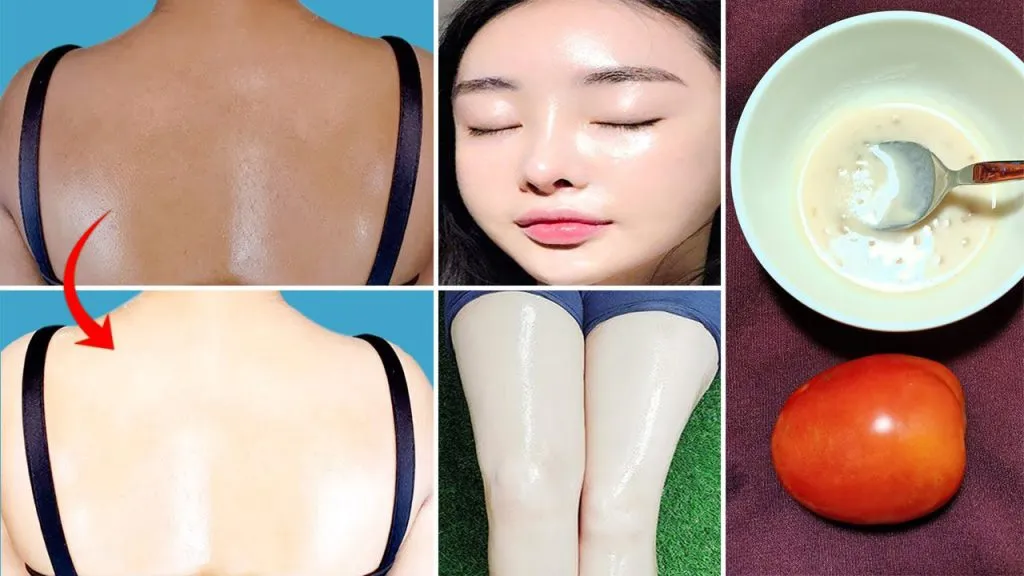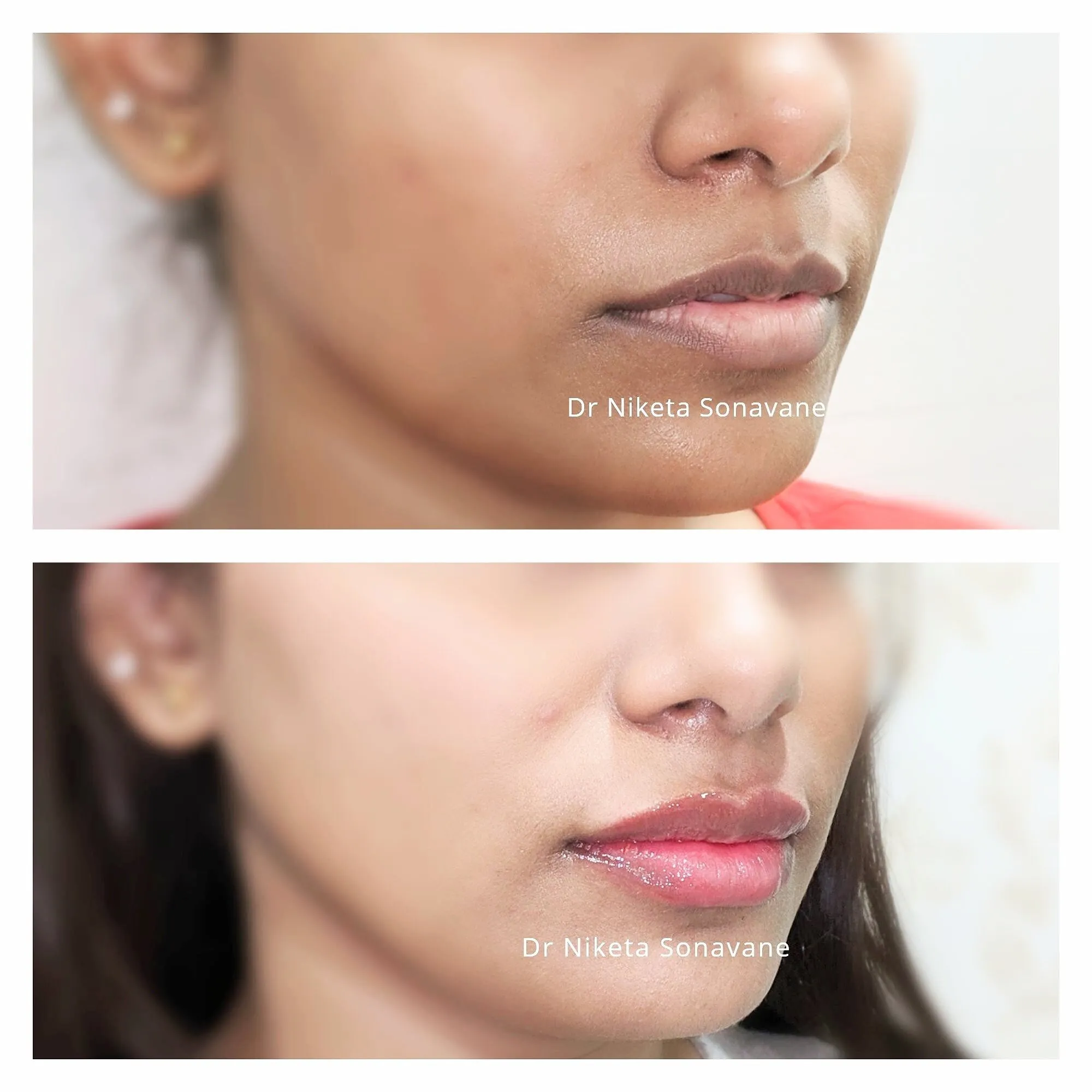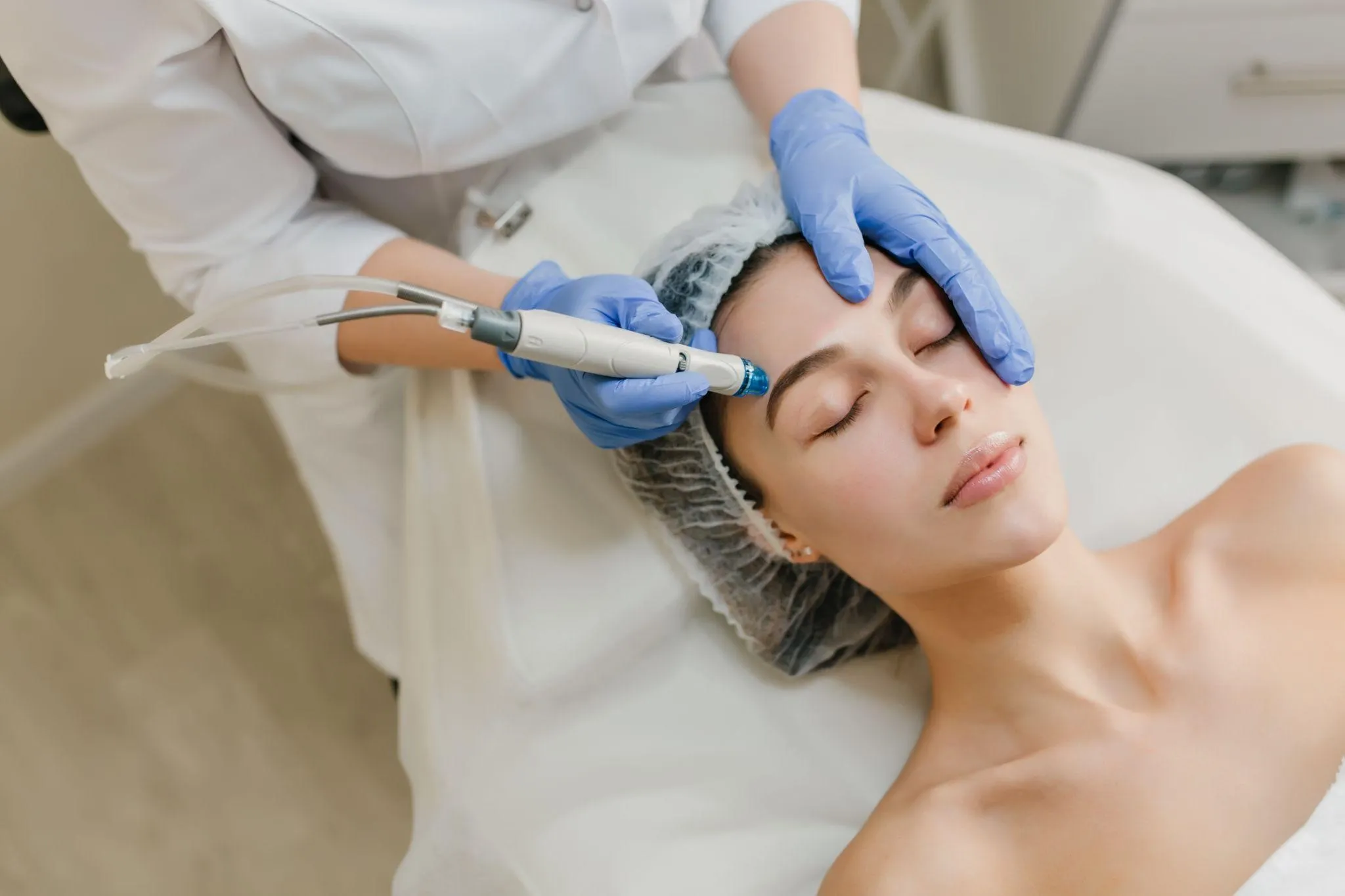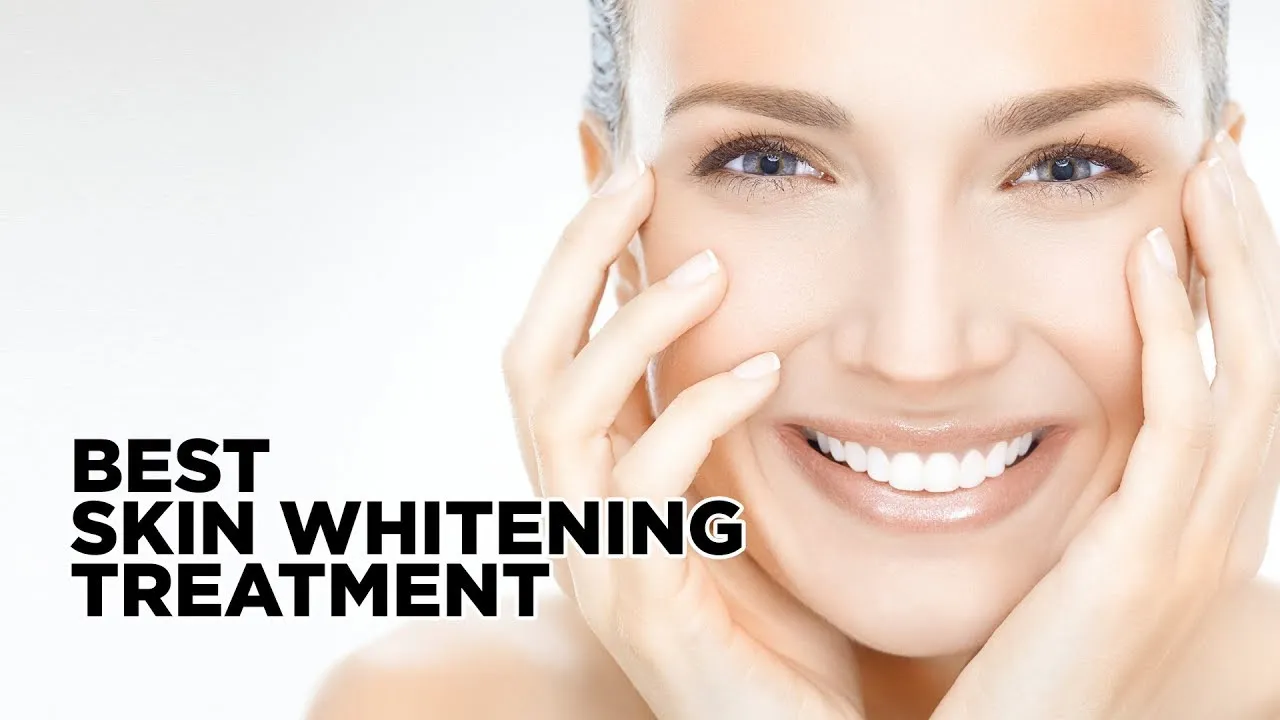Understanding Skin Whitening
Skin whitening, often called skin lightening or bleaching, is a cosmetic procedure aiming to reduce melanin concentration in the skin, resulting in a lighter skin tone. People pursue skin whitening for various reasons, including cultural preferences, aesthetic goals, or addressing skin issues like hyperpigmentation and uneven skin tone. Several methods are available, ranging from over-the-counter products to professional treatments. Success depends on many factors, including the individual’s skin type, the specific product or method used, and consistent application. This comprehensive guide delves into different methods, including skin whitening treatment in home, potential benefits, risks, and important considerations to help you make informed decisions.
What is Skin Whitening
Skin whitening is a broad term encompassing various techniques and products that aim to lighten the skin’s tone or reduce dark spots and pigmentation. The primary mechanism involves reducing melanin production, the pigment responsible for skin color. This can be achieved through chemical exfoliation, inhibiting melanin production, or accelerating the shedding of pigmented skin cells. The effectiveness varies widely, and results are often gradual and require consistent use. It’s essential to manage expectations and understand that achieving significant changes requires dedication and selecting appropriate treatments. The process of skin whitening treatment in home is possible, with safety being a top priority.
Common Causes of Skin Discoloration

Several factors can contribute to skin discoloration, making skin whitening a desired solution. Sun exposure is a major culprit, leading to increased melanin production and causing sunspots, age spots, and overall darkening. Hormonal changes, such as those during pregnancy (melasma), can trigger uneven pigmentation. Inflammation from acne, eczema, or injuries can lead to post-inflammatory hyperpigmentation, leaving dark marks after healing. Genetics also play a role, as some individuals are naturally more prone to hyperpigmentation. Understanding the underlying causes helps in choosing the most appropriate and effective treatment strategies. Addressing these causes, whether through sun protection, skincare adjustments, or targeted treatments, is key to successful skin whitening.
How Skin Whitening Works
Skin whitening treatments work in several ways, all focusing on reducing melanin production or removing existing melanin. Some products contain ingredients like hydroquinone, which inhibits tyrosinase, an enzyme crucial for melanin synthesis. Other methods involve chemical peels or exfoliants, which remove the top layer of skin, including pigmented cells. Retinoids can also increase cell turnover, promoting the shedding of darkened skin cells. It is important to always check with a dermatologist before use. The skin whitening treatment in home uses these principles through milder ingredients and gentler methods. The ultimate goal is to create a more even skin tone. Success hinges on a consistent approach and understanding the specific mechanisms of the chosen treatment.
Skin Whitening Treatments at Home
Many skin whitening treatments can be done safely and effectively at home, offering a more accessible and affordable alternative to professional procedures. These methods typically involve using natural ingredients and over-the-counter products. Consistency is key to achieving noticeable results. It’s crucial to perform patch tests before applying any new treatment to a larger area of skin to check for allergic reactions or sensitivities. Always prioritize gentle methods to avoid irritation or damage. The skin whitening treatment in home often incorporates ingredients known for their lightening properties, combined with consistent application and a dedicated skincare routine.
Exfoliation for Skin Whitening

Exfoliation is a critical step in skin whitening, as it helps remove dead skin cells and reveals brighter, newer skin. By removing the top layer of skin, exfoliants can also reduce the appearance of dark spots and uneven pigmentation. Exfoliation also enhances the effectiveness of other treatments by allowing active ingredients to penetrate the skin more effectively. Different methods of exfoliation, including physical scrubs and chemical exfoliants, can be incorporated into your skincare routine. Choosing the right method depends on your skin type and sensitivity. Over-exfoliating can lead to irritation, so moderation is essential when incorporating exfoliation into your skin whitening treatment in home.
Home Remedies for Exfoliation
Several home remedies offer effective exfoliation for skin whitening. Sugar scrubs are a gentle physical exfoliant that can be easily made by mixing sugar with a carrier oil like olive or coconut oil. Coffee grounds can also be used as a scrub, providing both physical exfoliation and antioxidant benefits. For chemical exfoliation, ingredients like lemon juice (used with caution due to its acidity) or diluted apple cider vinegar can be used. Always perform a patch test before applying any homemade scrub to a larger area. These DIY methods offer a natural and cost-effective way to incorporate exfoliation into your skin whitening treatment in home routine.
Using Masks for Skin Whitening
Facial masks play a vital role in skin whitening, delivering concentrated ingredients directly to the skin. These masks can help lighten skin tone, reduce dark spots, and improve overall skin appearance. They are usually applied once or twice a week, depending on the ingredients and your skin’s sensitivity. Masks made with ingredients known for their lightening properties can be a crucial part of a skin whitening treatment in home. Always follow the instructions carefully and perform a patch test before applying a mask to your entire face.
Ingredients for Skin Whitening Masks

Many ingredients are effective in skin whitening masks. Turmeric, known for its anti-inflammatory and antioxidant properties, can help brighten skin. Yogurt, with its lactic acid, acts as a gentle exfoliant. Honey moisturizes and has mild lightening effects. Lemon juice, while effective, should be used with caution due to its acidity; always dilute it and avoid sun exposure after use. Aloe vera soothes the skin and has some lightening properties. Combining these ingredients in a mask offers a powerful and natural approach to skin whitening treatment in home. These ingredients work together to inhibit melanin production, exfoliate dead skin cells, and improve skin tone.
Other Effective Skin Whitening Methods
Besides exfoliation and masks, other methods can enhance skin whitening at home. Using skincare products containing ingredients like vitamin C, niacinamide, and kojic acid can reduce melanin production and improve skin tone. These ingredients are often found in serums, creams, and lotions. Consistent use of sunscreen is crucial to protect your skin from further sun damage and prevent new dark spots. Drinking plenty of water and maintaining a healthy diet with antioxidant-rich foods also contributes to overall skin health and can enhance the effectiveness of other treatments. These complementary methods help support the goals of a comprehensive skin whitening treatment in home.
Maintaining Results
Maintaining the results of your skin whitening efforts requires a consistent and comprehensive approach. This involves incorporating a daily skincare routine, protecting your skin from sun damage, and understanding that results may vary. Consistent care ensures that your skin stays bright and even-toned long-term. This ongoing maintenance keeps your skin healthy and glowing. A dedicated maintenance routine is an essential part of any skin whitening treatment in home plan.
Skincare Routine for Whitening

A daily skincare routine is essential for maintaining skin whitening results. Start with a gentle cleanser to remove impurities without stripping the skin of its natural oils. Apply a serum or cream containing ingredients like vitamin C, niacinamide, or kojic acid. Use a moisturizer to hydrate and nourish the skin. In the evening, you can incorporate a retinol product (use with caution and follow instructions). This routine, when coupled with the use of other products, completes the skin whitening treatment in home process. Consistently following this routine helps to maintain brighter, more even-toned skin.
Protecting Skin from Sun Damage
Sun protection is the most critical aspect of maintaining skin whitening results. Sun exposure can reverse the effects of whitening treatments and cause new dark spots to appear. Use a broad-spectrum sunscreen with an SPF of 30 or higher every day, even on cloudy days. Reapply sunscreen every two hours, especially if you are spending time outdoors. Seek shade during peak sun hours (10 a.m. to 4 p.m.). Wearing protective clothing, such as hats and long sleeves, can further protect your skin. Protecting your skin from sun damage is essential for the skin whitening treatment in home to be successful.
Potential Risks & Considerations
While skin whitening can be effective, it’s crucial to be aware of the potential risks and considerations before starting any treatment. Many products contain potent ingredients that can cause side effects if not used properly. Understanding these risks helps you make informed decisions. Consult with a dermatologist or skincare professional for personalized advice. Prioritize your skin’s health and safety above all else. The skin whitening treatment in home requires careful planning and awareness.
Possible Side Effects

Common side effects of skin whitening treatments can include skin irritation, redness, dryness, and peeling. Overuse of certain ingredients, such as hydroquinone, can lead to ochronosis, a permanent darkening of the skin. Allergic reactions can occur with any product. It is vital to perform patch tests, start with low concentrations of active ingredients, and monitor your skin’s response carefully. If any adverse reactions occur, discontinue use and consult a healthcare professional. Safe skin whitening treatment in home requires caution to avoid unwanted side effects.
When to Seek Professional Help
Consulting a dermatologist is crucial if you experience severe side effects or if your skin condition does not improve with home treatments. A dermatologist can provide professional advice, diagnose underlying skin issues, and recommend more advanced treatments like chemical peels, laser therapy, or prescription-strength medications. If you are unsure about the safety or effectiveness of a product or treatment, seek professional guidance. When incorporating skin whitening treatment in home, a dermatologist can ensure you are using safe and effective methods tailored to your skin’s needs. A dermatologist can also help to avoid potential risks.
